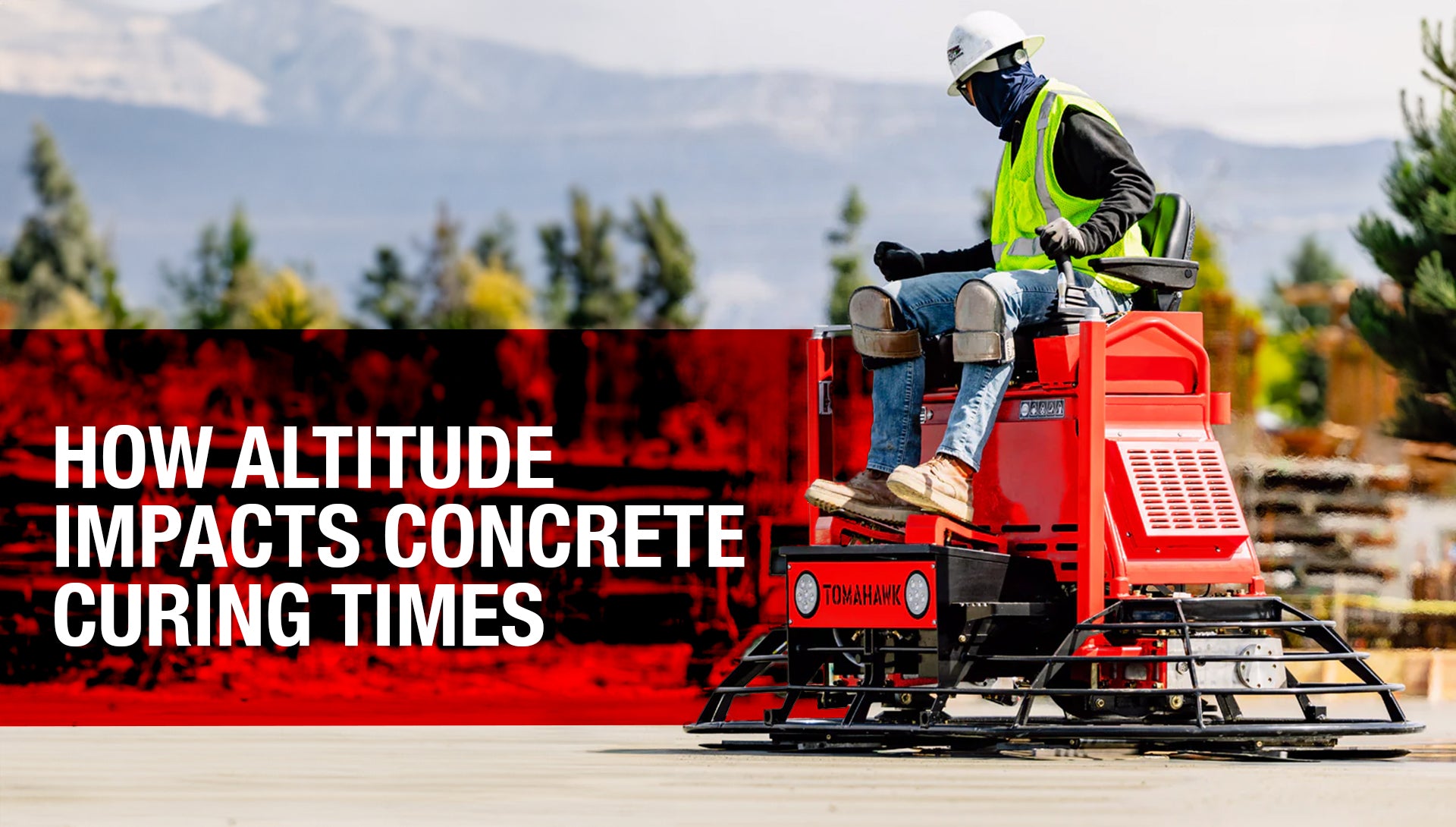Understanding the nuances of concrete curing times at different altitudes is crucial for contractors who aim to deliver precision and quality in their projects. High altitudes present unique challenges that can significantly affect the curing process of concrete. This blog explores these challenges and offers practical tips for contractors working in such environments.
The Influence of Altitude on Concrete Curing

Photo by Finn Gerkens
1. Decreased Air Pressure:
At higher altitudes, the air pressure is lower, which can affect the rate at which water evaporates from the concrete mixture. Lower air pressure speeds up the evaporation process, potentially leading to quicker curing times. However, this rapid evaporation can also increase the risk of the concrete drying out too quickly, leading to weaker structures.
2. Temperature Variations:
Altitude can also influence temperature—a crucial factor in concrete curing. Higher altitudes often mean cooler temperatures, which can slow down the hydration process of cement (the reaction between water and cement that causes concrete to set and harden). Ensuring the concrete maintains an adequate temperature is key to optimal curing.

Photo by Bianca Ackermann
3. Reduced Oxygen Levels:
While less directly related to the curing process, the reduced oxygen levels at higher altitudes can affect the efficiency of combustion-powered equipment commonly used during the concrete pouring and curing process. This might necessitate adjustments or specific equipment designed to operate under these conditions.
Tips for Effective Concrete Curing at High Altitudes
1. Monitor Moisture Levels Closely:
Due to the faster evaporation rates, it’s vital to monitor the moisture levels in your concrete more frequently. Utilizing curing compounds or covers can help maintain the necessary moisture levels for proper curing.

Photo by Patrick Hendry
2. Adjust Mix Designs:
Consider adjusting your concrete mix to include additives or admixtures that help retain water or control the hydration rate. Slower-setting cements might also be a good choice to offset the quick drying conditions caused by low air pressure.
3. Use Thermal Blankets:
Thermal blankets can be very effective in maintaining the concrete temperature, especially in cooler high-altitude climates. They help retain heat during the curing process, ensuring that the concrete sets properly.
4. Optimize Work Schedules:
Plan concrete pours during the warmest part of the day when working at high altitudes. This strategy helps to maximize natural heat for curing before temperatures drop.
Conclusion
Understanding and adapting to the effects of altitude on concrete curing is part of ensuring that each project is completed to the highest standards. With the right techniques and adjustments, you can overcome these environmental challenges, leading to durable and reliable construction that stands the test of time. This understanding not only aids in project planning and execution but also enhances the reliability and reputation of your construction business among clients who trust you to tackle complex building environments.










